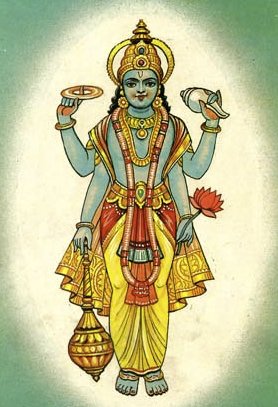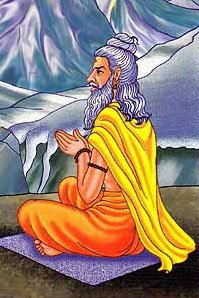Teraluntur, Tēraḻuntūr: 2 definitions
Introduction:
Teraluntur means something in Hinduism, Sanskrit. If you want to know the exact meaning, history, etymology or English translation of this term then check out the descriptions on this page. Add your comment or reference to a book if you want to contribute to this summary article.
In Hinduism
Vaishnavism (Vaishava dharma)
Source: Acta Orientalia vol. 74 (2013): Historical sequence of the Vaiṣṇava DivyadeśasTēraḻuntūr (Aḻuntūr) refers to one of the 108 Vaishnava Divya Desam (divyadeśas or divyasthalas), located in the topographical division of Cōḻanāṭu (“Chola country”), according to the 9th century Nālāyirativviyappirapantam (shortly Nālāyiram).—Tradition would record the Vaiṣṇava divyadeśas or divyasthalas are 108. The divyadeśa is a base of the cult of Viṣṇu in Viṣṇuism [Vaiṣṇavism] tradition. The list of 108 [viz., Tēraḻuntūr] seems to have reached maturation by about the early 9th century CE as all the deśas are extolled in the hymns of the twelve Āḻvārs.

Vaishnava (वैष्णव, vaiṣṇava) or vaishnavism (vaiṣṇavism) represents a tradition of Hinduism worshipping Vishnu as the supreme Lord. Similar to the Shaktism and Shaivism traditions, Vaishnavism also developed as an individual movement, famous for its exposition of the dashavatara (‘ten avatars of Vishnu’).
Purana and Itihasa (epic history)
Source: Shodhganga: Temples and cult of Sri Rama in TamilnaduTeraluntur or Aluntur refers to one of the 108 divyadesas according to Priyavaccan Pillai’s compendium of the Ramayana based on the Nalayirativviyappirapantam.—Aluntur was the birth place of Kampan, the author of Tamil Ramayanam. The Mūlavar in this temple is called Devadirajan, which may be an epithet of Rama. The venue is famous for a mound called Kamparmetu which is likely to be the location of the house of Kampan.

The Purana (पुराण, purāṇas) refers to Sanskrit literature preserving ancient India’s vast cultural history, including historical legends, religious ceremonies, various arts and sciences. The eighteen mahapuranas total over 400,000 shlokas (metrical couplets) and date to at least several centuries BCE.
See also (Relevant definitions)
Relevant text
No search results for Teraluntur, Tēraḻuntūr, Teraluntūr; (plurals include: Teralunturs, Tēraḻuntūrs, Teraluntūrs) in any book or story.